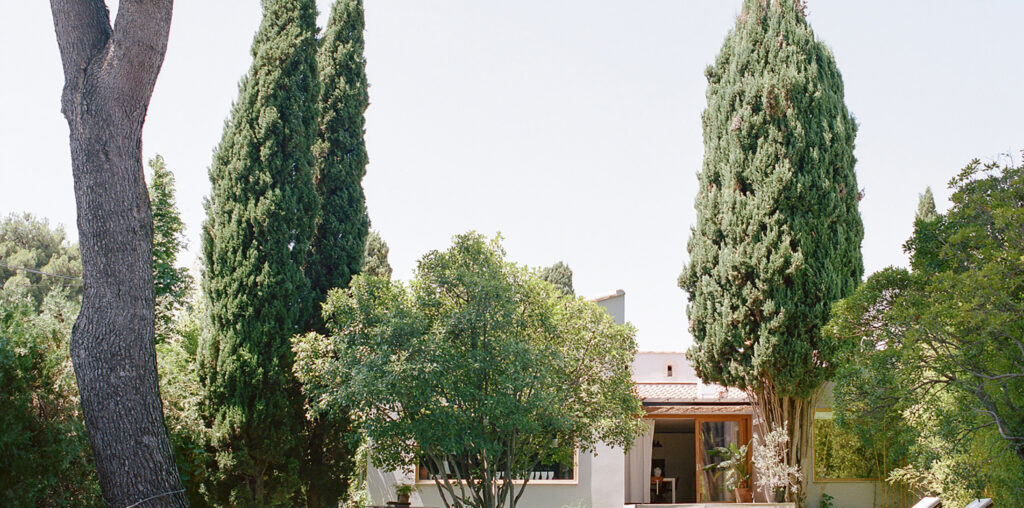

Text description provided by the architects. Above all, it was the generosity of the garden that captivated the owners and led them to acquire this 1960s Languedoc villa, which was not entirely to their taste. For the owners, the priority was to rid the house of the profusion of artificial elements (false fireplaces, false arches, false beams…) to rediscover a true architectural expression. The volume of the house was considerably simplified, and the newly simplified forms became more pronounced.



The project primarily consisted of revealing spaces rather than creating new ones. Indeed, the first intervention in this rehabilitation was to demolish all purely decorative elements to give new life to the house. It needed to be opened up. Unnecessary partitions were removed, and large oak openings leading to the garden were created.


Without a desire for minimalism or architectural gestures, the idea was to design spaces that were just, balanced, and generous. The kitchen, located at the heart of the house, was enlarged, and the terrace was extended over the upper part of the garden.


For them, true luxury is living in the city surrounded by a garden, and each room had to incorporate views of the outside. The goal was to allow the light and tranquility of the garden to flow into every room of the house, in hopes of giving this place the serenity and simplicity of a vacation home.







